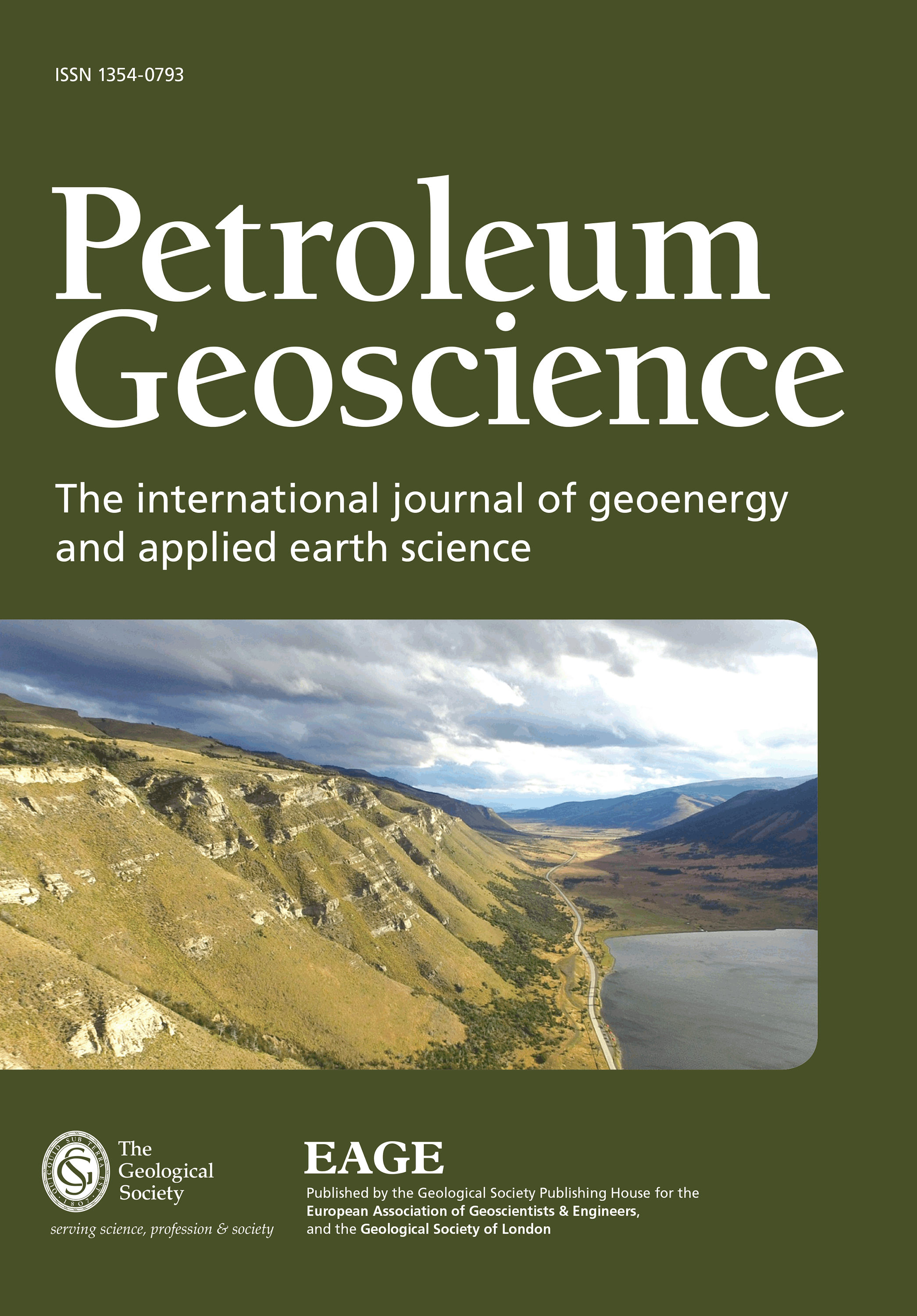
Full text loading...
In order to reduce uncertainties around CO2 containment for the South West Hub CCS site (Western Australia), conceptual fault hydrodynamic models were defined and numerical simulations were carried out. These simulations model worst-case scenarios with a plume reaching a main compartment-bounding fault near the proposed injection depth and at the faulted interface between the primary and secondary containment interval.
The conceptual models incorporate host-rock and fault properties accounting for fault-zone lithology, cementation and cataclastic processes but with no account made for geomechanical processes as the risk of reactivation is perceived as low. Flow simulations were performed to assess cross-fault and upfault migration in the case of plume–faults interaction.
Results near the injection depth suggest that the main faults are likely to experience a significant reduction in transmissivity and impede CO2 flow. This could promote the migration of CO2 vertically or along the stratigraphic dip.
Results near the interface between the primary and secondary containment intervals show that none of the main faults would critically control CO2 flow nor would they act as primary leakage pathways. CO2 flow is predicted to be primarily controlled by the sedimentological morphology. The presence of baffles in the secondary containment interval is expected to be associated with local CO2 accumulations; additional permeability impacts introduced by faults are minor.
Thematic collection: This article is part of the Geoscience for CO2 storage collection available at: https://www.lyellcollection.org/cc/geoscience-for-co2-storage

Article metrics loading...

Full text loading...
References


Data & Media loading...

